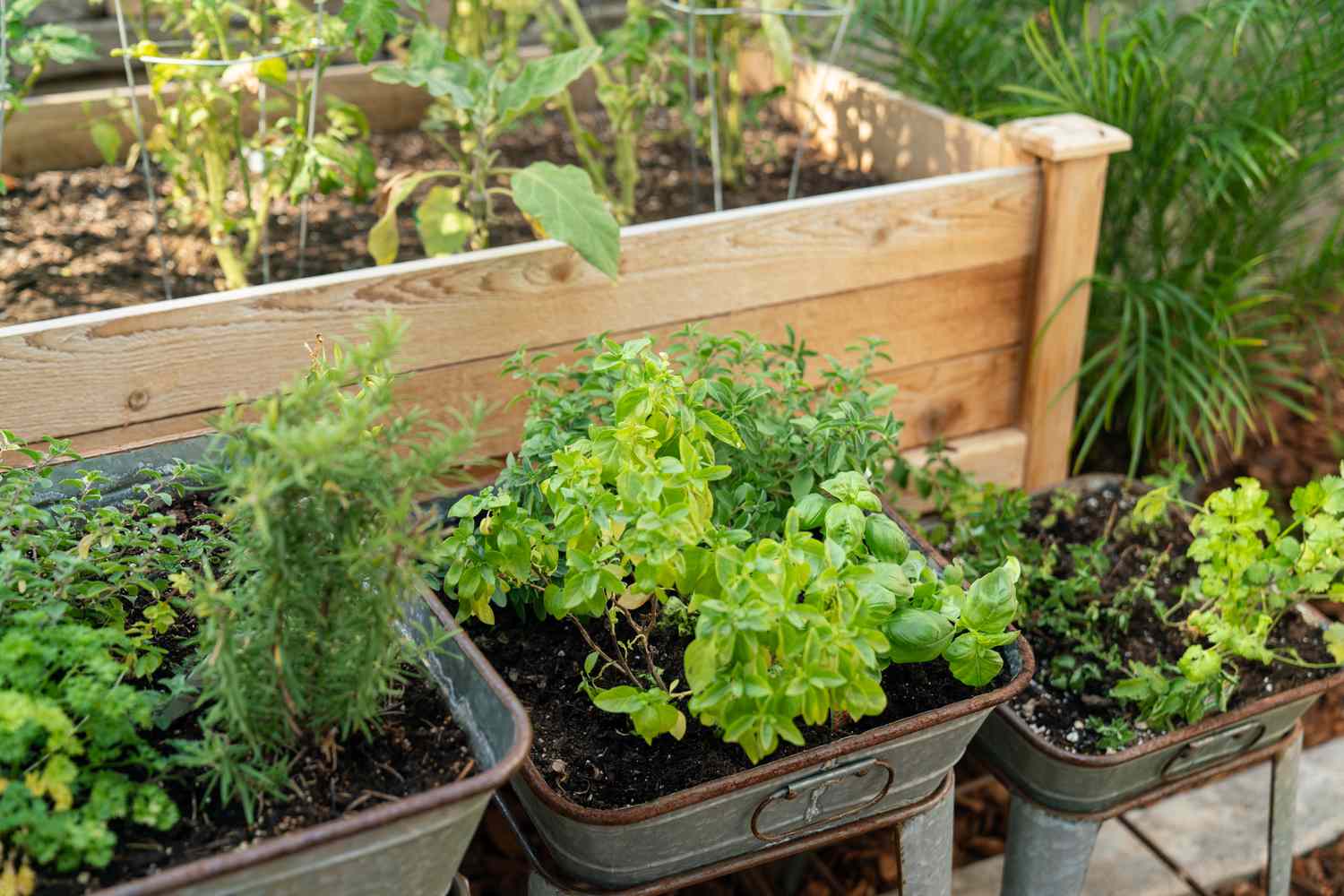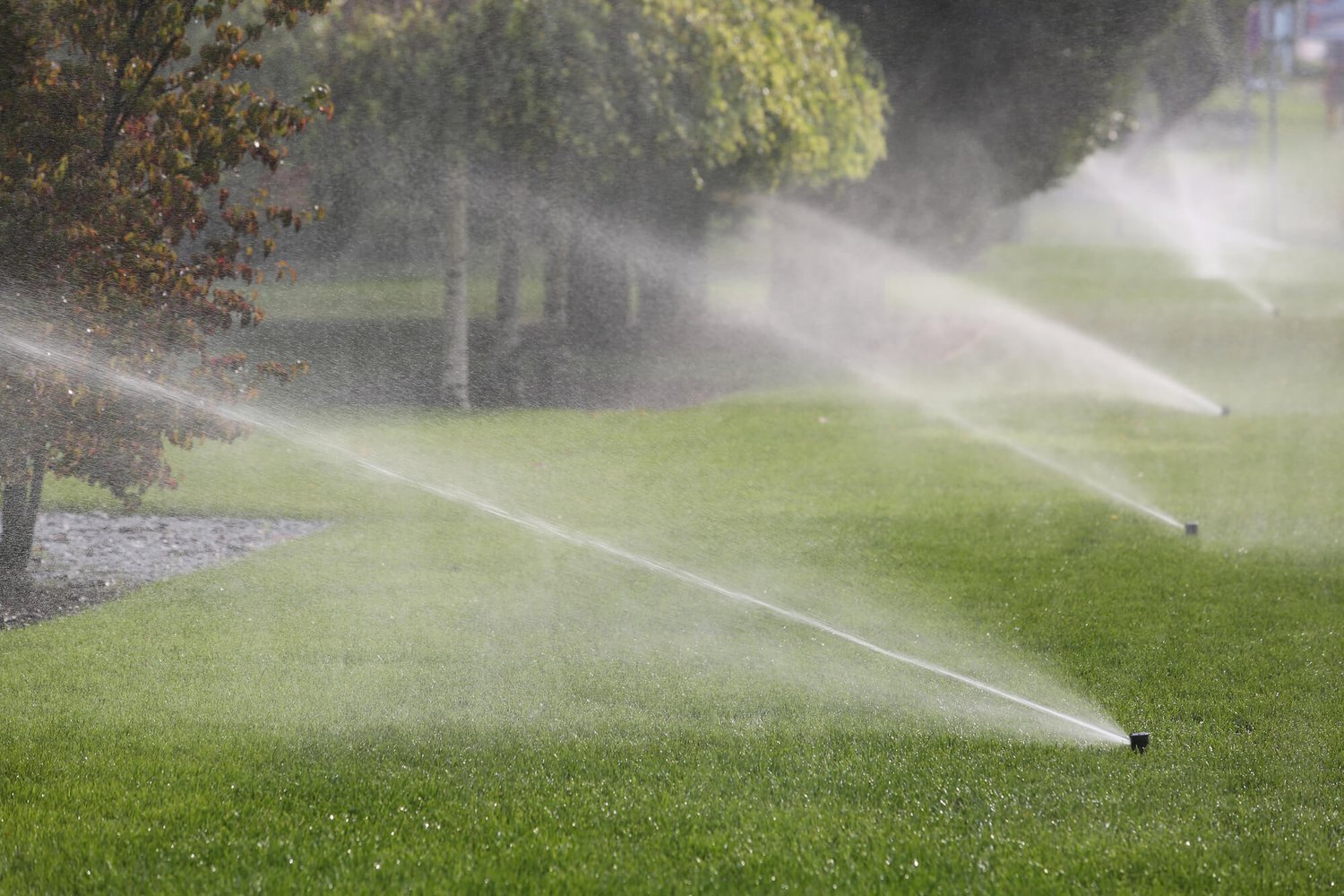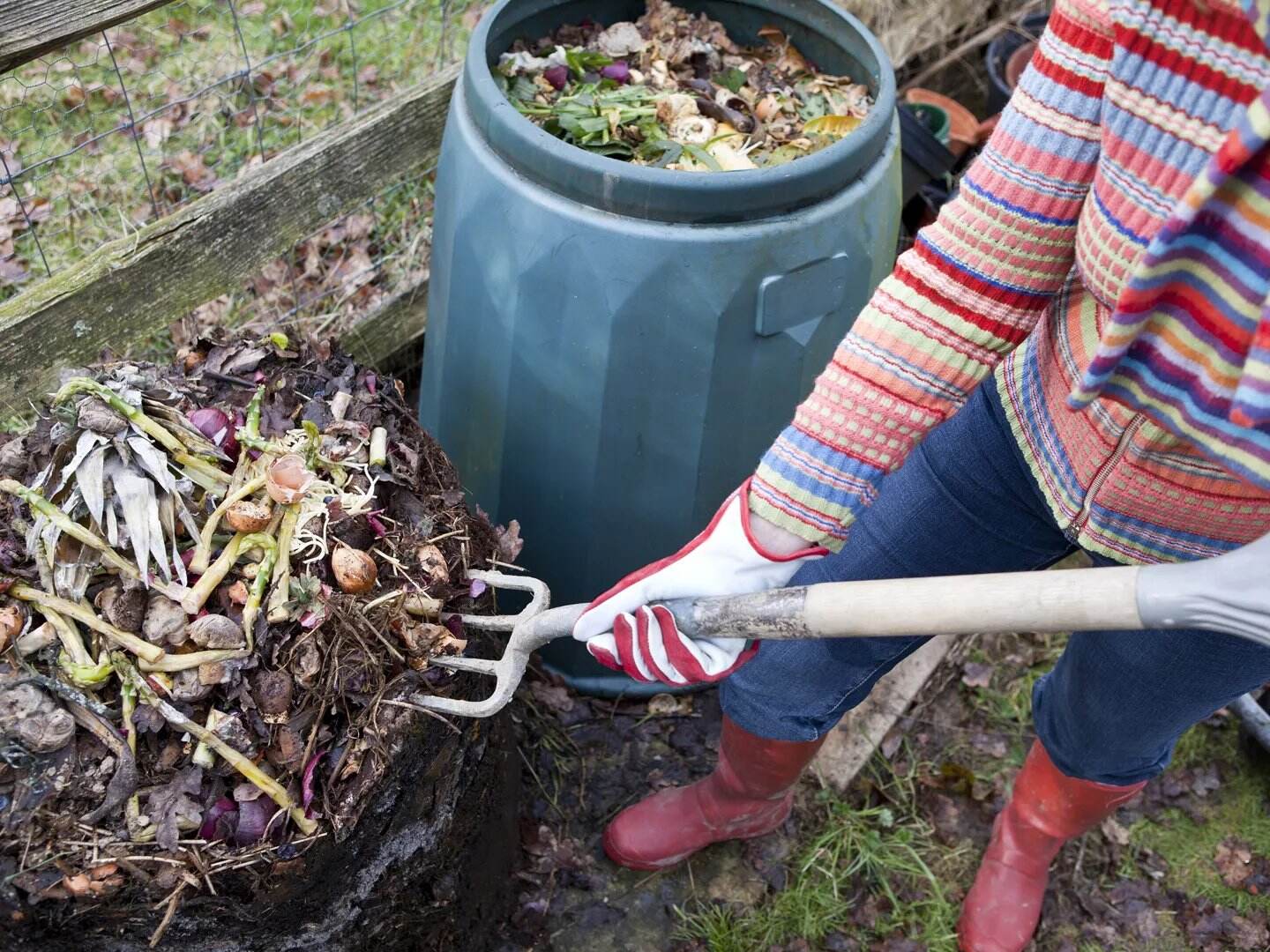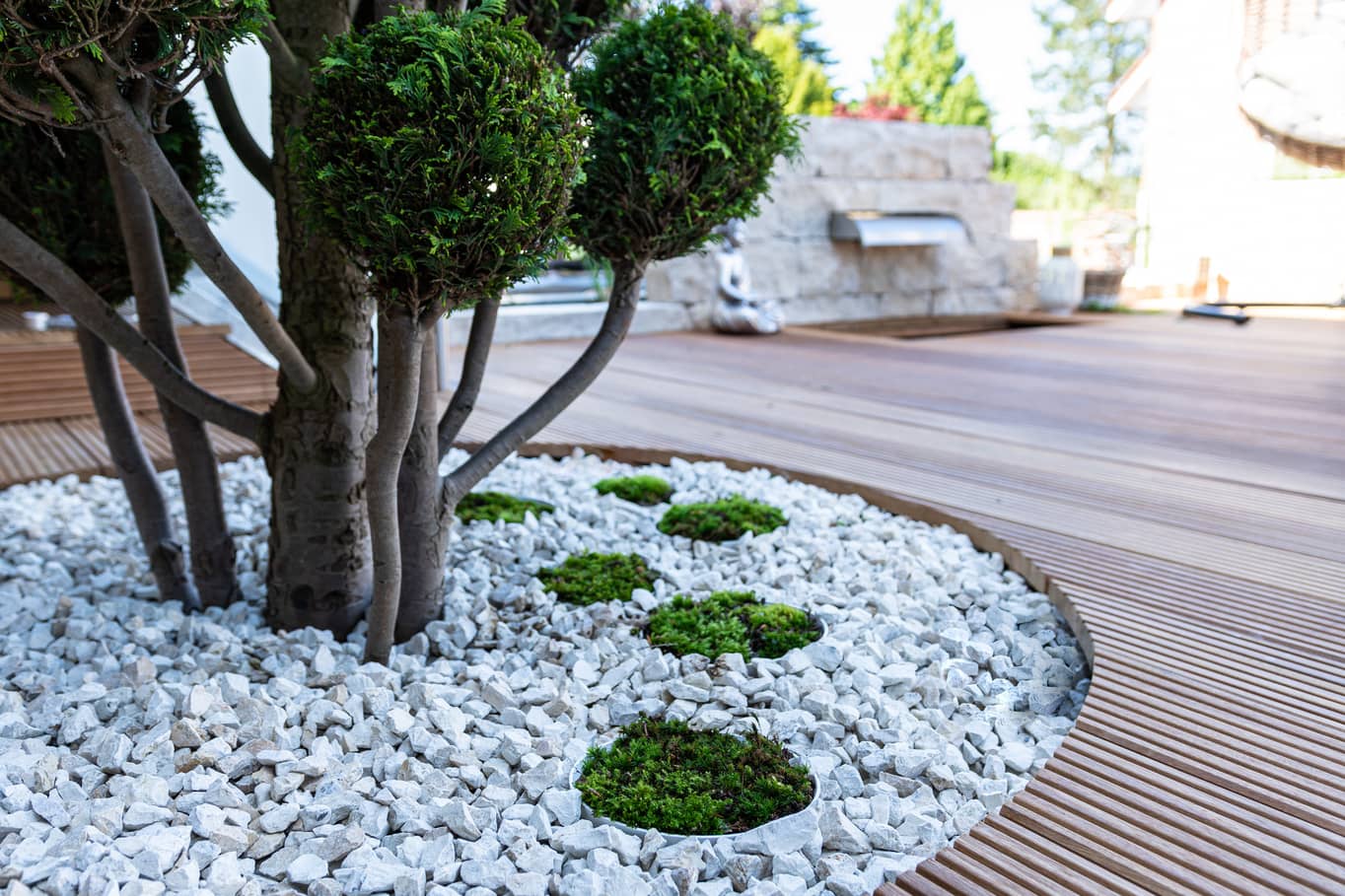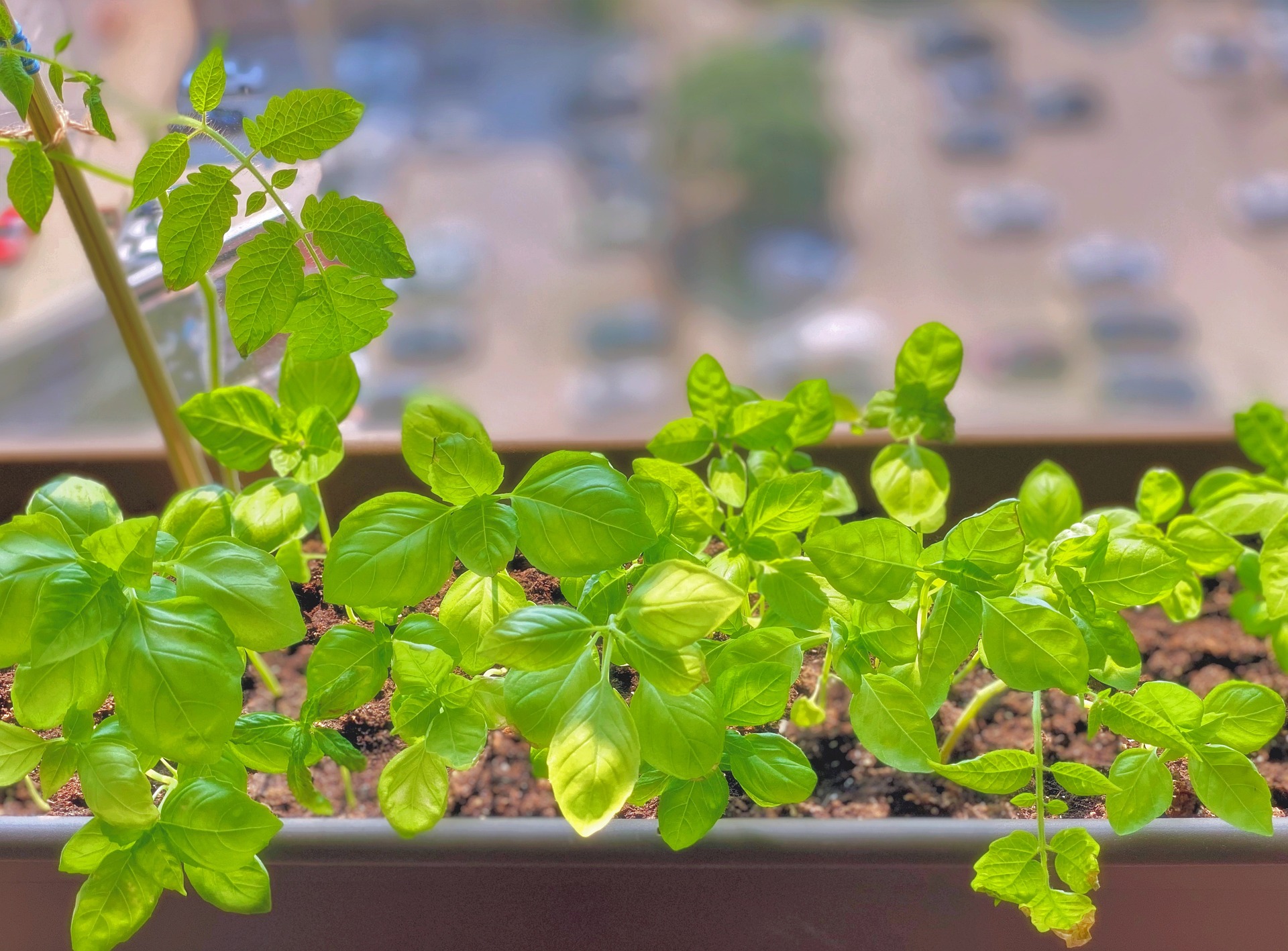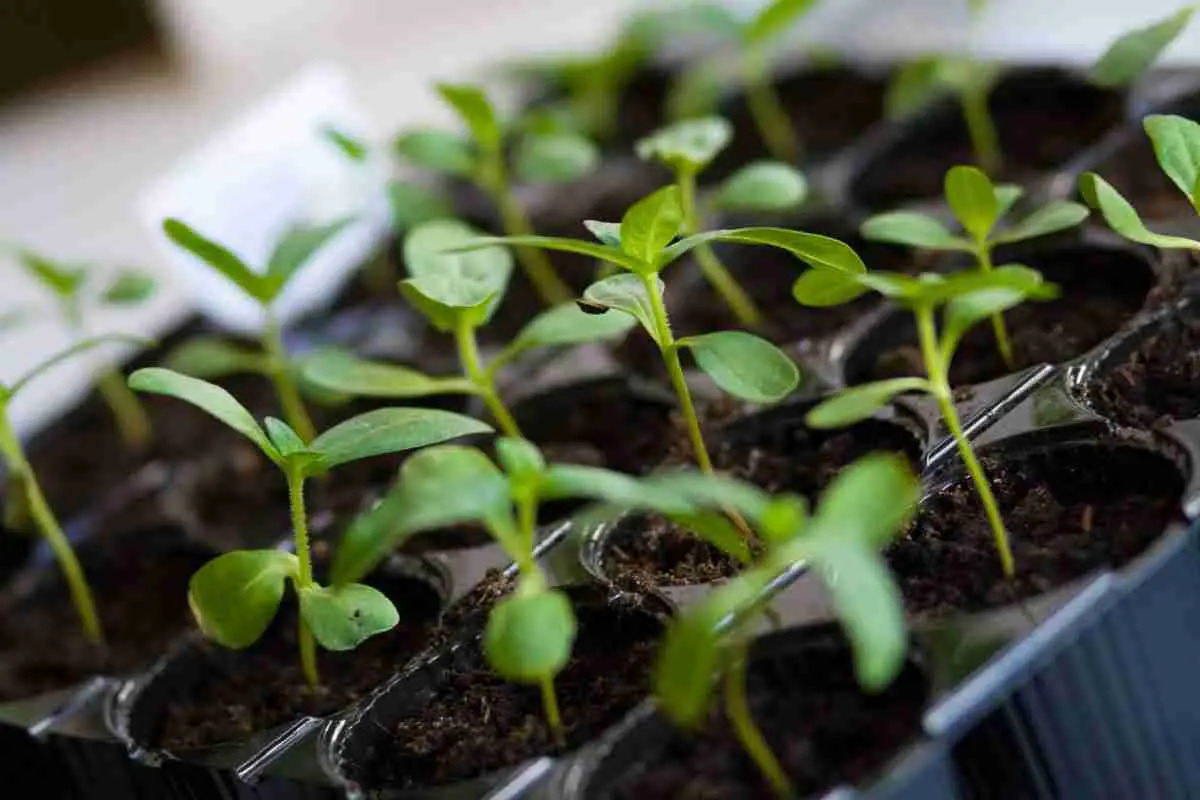Home>Gardening Tips and Tricks>Eco-Friendly Gardening>How Much Compost Do I Need Per Square Foot
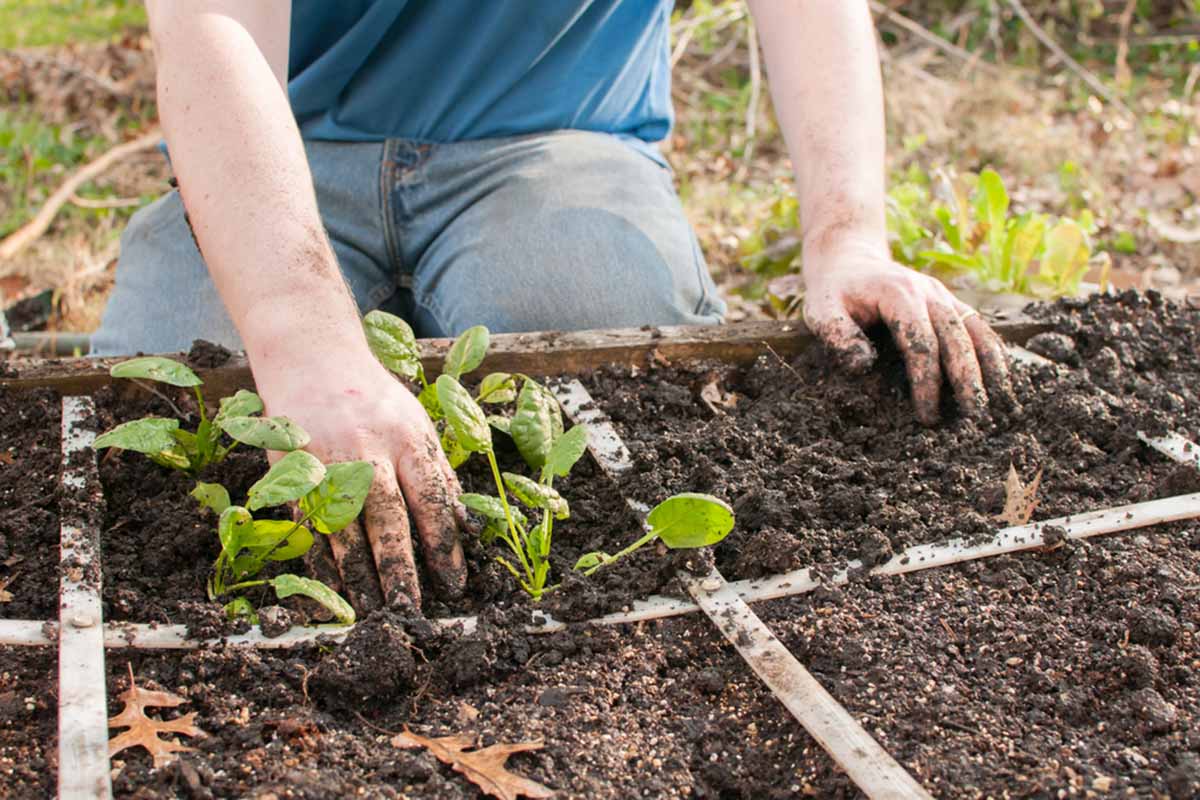

Eco-Friendly Gardening
How Much Compost Do I Need Per Square Foot
Modified: January 22, 2024
Discover how to achieve eco-friendly gardening with the optimal amount of compost per square foot. Maximize your garden's potential for growth and sustainability.
(Many of the links in this article redirect to a specific reviewed product. Your purchase of these products through affiliate links helps to generate commission for Chicagolandgardening.com, at no extra cost. Learn more)
Table of Contents
Introduction
Are you passionate about gardening and looking for ways to make your garden more eco-friendly? One of the best practices you can adopt is eco-friendly gardening, which not only benefits the environment but also promotes healthy plant growth. When it comes to creating a sustainable garden, compost plays a vital role.
Compost is a nutrient-rich organic material that is derived from decomposed plant and animal waste. It improves soil health by enhancing its structure, increasing its ability to retain water, and providing essential nutrients for plants. Using compost in your garden not only reduces the need for synthetic fertilizers but also minimizes waste going to landfills.
However, a common question gardeners often have is, “How much compost do I need per square foot?” Determining the right amount of compost to use in your garden is crucial to ensure optimal growth of your plants while also being cost-effective.
In this article, we will delve into eco-friendly gardening practices and guide you on how to calculate the compost needed per square foot to achieve healthy and thriving plants. We will explore different factors that influence compost application rates and provide practical tips to help you make the most of this sustainable gardening technique.
So, if you’re ready to kickstart your eco-friendly gardening journey and maximize the benefits of compost in your garden, let’s dive in!
Understanding Compost
Compost, often referred to as “black gold” by garden enthusiasts, is a valuable resource that enriches the soil and supports healthy plant growth. But what exactly is compost and how does it work?
Compost is the result of a natural process called decomposition. It is created when organic materials, such as kitchen scraps, yard waste, leaves, and other plant matter, break down over time. During decomposition, microorganisms, such as bacteria and fungi, work to break down the organic matter into a nutrient-rich substance known as humus.
Humus is what gives compost its dark, crumbly texture and earthy smell. It contains essential nutrients and beneficial microorganisms that improve the structure and fertility of the soil. These nutrients include nitrogen, phosphorus, potassium, and various micronutrients that are vital for plant growth.
Compost helps to improve the soil in several ways. First, it enhances soil structure, making it more loose and crumbly. This improves drainage and aeration, allowing plant roots to access oxygen and nutrients more easily. Additionally, compost increases the soil’s ability to retain water, reducing the need for frequent watering and helping to prevent moisture stress in plants.
Furthermore, compost acts as a slow-release fertilizer. Unlike synthetic fertilizers that provide an immediate burst of nutrients, compost releases its nutrients slowly over time, providing a steady supply for plants. This helps plants grow steadily and reduces the risk of nutrient leaching, which can harm the environment.
Moreover, compost has the ability to improve soil fertility in the long term. It promotes the growth of beneficial soil microorganisms, including bacteria and fungi, that break down organic matter and make nutrients more available to plants. These microorganisms help create a healthy and balanced soil ecosystem, supporting the overall health of plants.
Overall, understanding compost and its role in gardening is essential for eco-friendly gardeners. By incorporating compost into your gardening practices, you can improve soil health, reduce the need for synthetic fertilizers, and contribute to a more sustainable and thriving garden.
Determining Square Footage
Before we calculate the amount of compost needed per square foot, it’s important to accurately determine the square footage of your garden area. Knowing the precise square footage will help you determine the quantity of compost required and avoid over or under application.
There are a few different methods you can use to measure the square footage of your garden. The simplest method is to measure the width and length of the area and multiply the two measurements together. For example, if your garden is 10 feet wide and 15 feet long, the total square footage would be 150 square feet (10 feet x 15 feet = 150 square feet).
If your garden has irregular shapes or is divided into different sections, you can break it down into smaller, more manageable areas. Measure each section separately and add up the individual square footages to get the total square footage of your garden.
Another option is to use an online square footage calculator or even a smartphone app specifically designed for measuring garden areas. These tools can simplify the process and provide accurate measurements, especially for gardens with complex shapes or multiple sections.
Remember to exclude any obstacles or areas that are not part of your gardening space, such as pathways, fences, or buildings. By focusing only on the actual planting areas, you will get a more precise measurement for applying compost.
Once you have determined the square footage of your garden, you are ready to move on to calculating the amount of compost needed per square foot.
Compost Application Rates
When it comes to applying compost to your garden, it’s important to use the right application rate. Applying too little compost may not provide sufficient nutrients for your plants, while overapplication can lead to nutrient imbalances or runoff.
The recommended compost application rate varies depending on the specific needs of your plants, soil condition, climate, and the type of compost you are using. As a general guideline, a common recommendation is to apply compost at a rate of 1/4 to 1/2 inch per application.
This thickness of compost can be spread evenly on the soil surface and then gently incorporated into the top few inches of soil. This allows the compost to mix with the soil, improving its structure and providing easy access to nutrients for plant roots.
For established gardens, applying compost once or twice a year is usually sufficient. However, for new or nutrient-deficient soils, you may need to apply compost more frequently, such as every three to four months.
It’s important to note that using compost in conjunction with other organic amendments, such as aged manure or leaf mold, can further enhance the nutrient content and overall health of the soil. Mixing different types of organic matter can create a balanced and diverse nutrient profile for your plants.
When considering compost application rates, it’s also essential to take into account the specific requirements of different plants. Some plants, like leafy greens or heavy feeders, may benefit from a slightly higher compost application rate, while others, like succulents or native plants, may require less compost.
Remember to monitor your plants’ growth and overall health after compost application. If you notice excessive vegetative growth or signs of nutrient deficiencies, you may need to adjust the compost application rate accordingly.
By following the recommended compost application rates and considering the specific needs of your plants and soil, you can ensure optimal nutrient availability and create a healthy and vibrant garden.
Calculating Compost Needs per Square Foot
Now that we understand the importance of compost application rates, let’s dive into the process of calculating the amount of compost needed per square foot for your garden.
To calculate the compost needs per square foot, you will need the total square footage of your garden, as determined in the previous step, and the desired compost application rate.
First, multiply the compost application rate by the square footage to find the volume of compost needed for your garden. For example, if you have a garden that measures 200 square feet and you want to apply compost at a rate of 1/4 inch per application, the calculation would be:
200 sq ft x 1/4 inch = 50 cubic feet
Once you have the volume of compost needed, you can convert it to the appropriate measurement for your situation. Compost is usually sold by weight or volume. If you are purchasing from a supplier that sells compost by weight, you will need to know the weight per cubic foot of the compost you plan to purchase.
Alternatively, if you are purchasing compost by volume, you can use the volume measurement directly. Keep in mind that compost can settle during storage and transportation, so it’s beneficial to purchase a little extra to account for any settling or loss.
It’s worth noting that compost density can vary depending on its composition and moisture content. As a result, the weight-to-volume conversion may differ. It’s always a good idea to check with your compost supplier to get accurate information on the weight or volume conversion.
By accurately calculating the compost needs per square foot, you can ensure that you have enough compost to enrich your soil and provide vital nutrients for your plants. Remember to reevaluate the compost application rates regularly based on the specific needs of your garden and adjust as necessary.
Now that we’ve covered the calculations, let’s explore some factors that can influence compost application rates and their impact on successful eco-friendly gardening.
Factors Affecting Compost Application
When determining the compost application rate for your garden, several factors come into play. Understanding these factors will help you make informed decisions and optimize the use of compost in your eco-friendly gardening practices.
1. Soil Condition: The nutrient content and texture of your soil play a significant role in determining the compost application rate. Nutrient-depleted soils may require higher compost application rates to improve fertility. On the other hand, soils with high organic matter content may need less compost. Conducting a soil test can provide valuable insights into your soil’s composition and help you better adjust the application rate.
2. Plant Requirements: Different plants have varying nutrient needs. Leafy greens and heavy feeders, such as tomatoes or squash, may benefit from higher compost application rates. On the contrary, native plants or succulents may require lower compost application rates. Researching the specific requirements of your plants will help you determine the optimal compost application rate for each type.
3. Planting Stage: The growth stage of your plants can also impact the compost application rate. Young seedlings or transplants may benefit from a lower compost application rate to avoid overwhelming their delicate root systems. As plants mature and establish their root systems, you can gradually increase the compost application rate to fuel their growth.
4. Climate and Weather Conditions: Consider the climate in your region when determining the compost application rate. In warm and dry climates, soils tend to dry out more quickly, requiring higher compost application rates to improve moisture retention. Conversely, in cooler and wetter climates, excess application may lead to waterlogging and nutrient leaching.
5. Compost Quality: The quality of the compost you use also influences the application rate. High-quality compost with a balanced nutrient profile may require a lower application rate compared to low-quality compost. It’s essential to source compost from reputable suppliers or produce it yourself using a correct composting process to ensure its efficacy.
6. Sustainable Practices: Lastly, incorporating sustainable gardening practices like crop rotation, companion planting, and cover cropping can reduce the dependency on compost and influence the application rate. By implementing these practices, you can improve soil health and fertility, minimizing the need for excessive compost application.
By considering these factors, you can fine-tune the compost application rate for your garden and ensure that you are providing the right amount of nutrients for optimal plant growth without any wastage.
Conclusion
Eco-friendly gardening is not only beneficial for the environment but also for creating beautiful, thriving gardens. Incorporating compost into your gardening practices is a key component of sustainable gardening and plays a vital role in improving soil health and providing essential nutrients to your plants.
By understanding compost and its role in gardening, you can harness its benefits to create a healthy and vibrant garden. Knowing how to determine the square footage of your garden, calculating the compost needs per square foot, and considering factors that affect compost application rates will help you optimize the use of compost and achieve successful gardening results.
Remember to measure the square footage of your garden accurately and apply compost at the recommended rates. Consider the unique needs of your plants, the condition of your soil, and the compost quality to determine the optimal compost application rate. Adapting to climate and weather conditions, as well as implementing sustainable gardening practices, will further enhance the effectiveness of compost in your garden.
So, whether you’re starting a new garden or looking to enhance an existing one, embracing eco-friendly gardening practices and using compost as a valuable resource will help you create a thriving and sustainable garden space.
Get your hands dirty, start composting, and enjoy the rewards of an eco-friendly garden that supports both the environment and your gardening endeavors!

